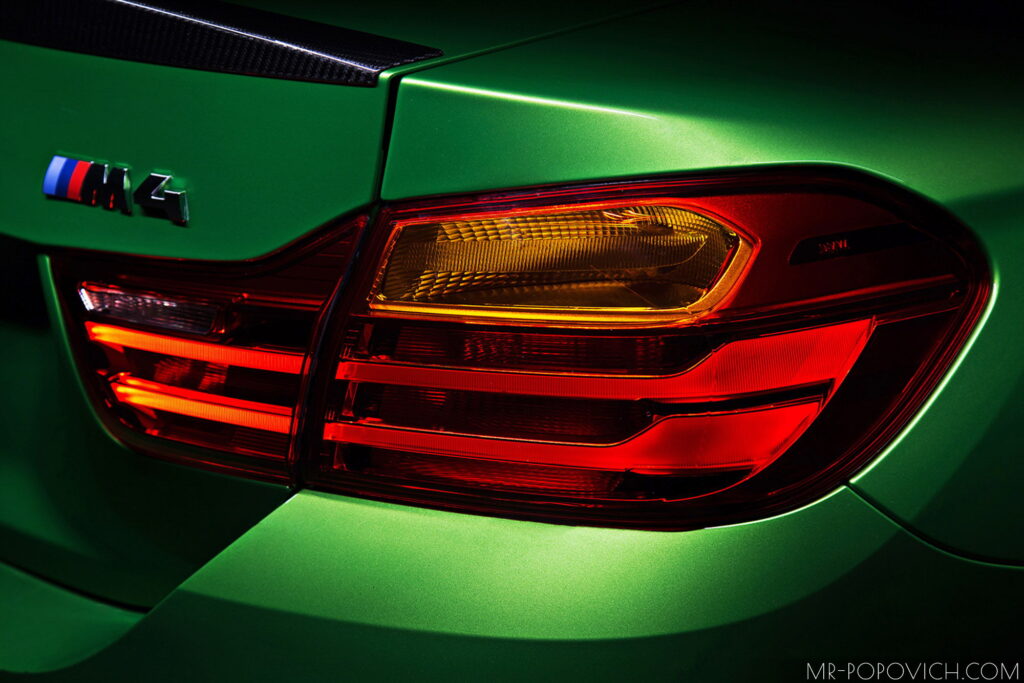
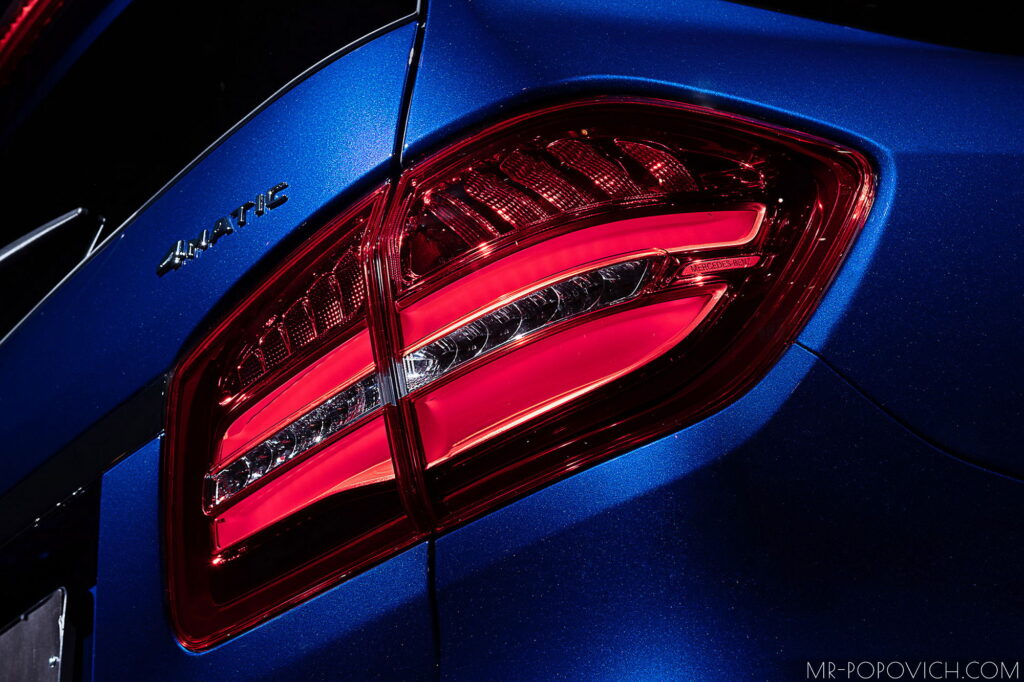
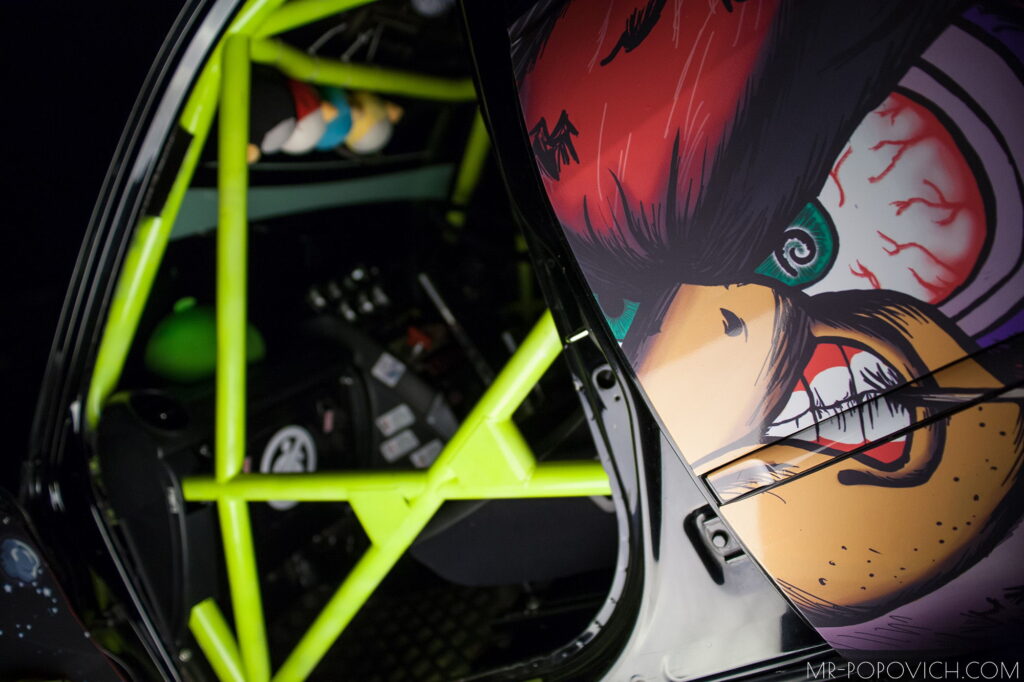
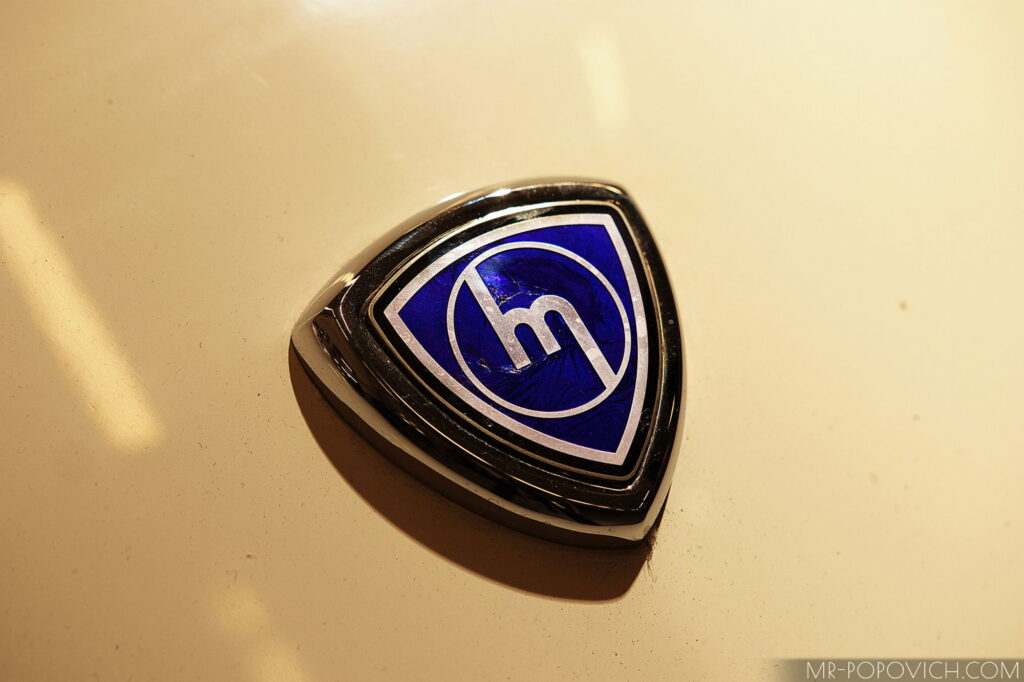
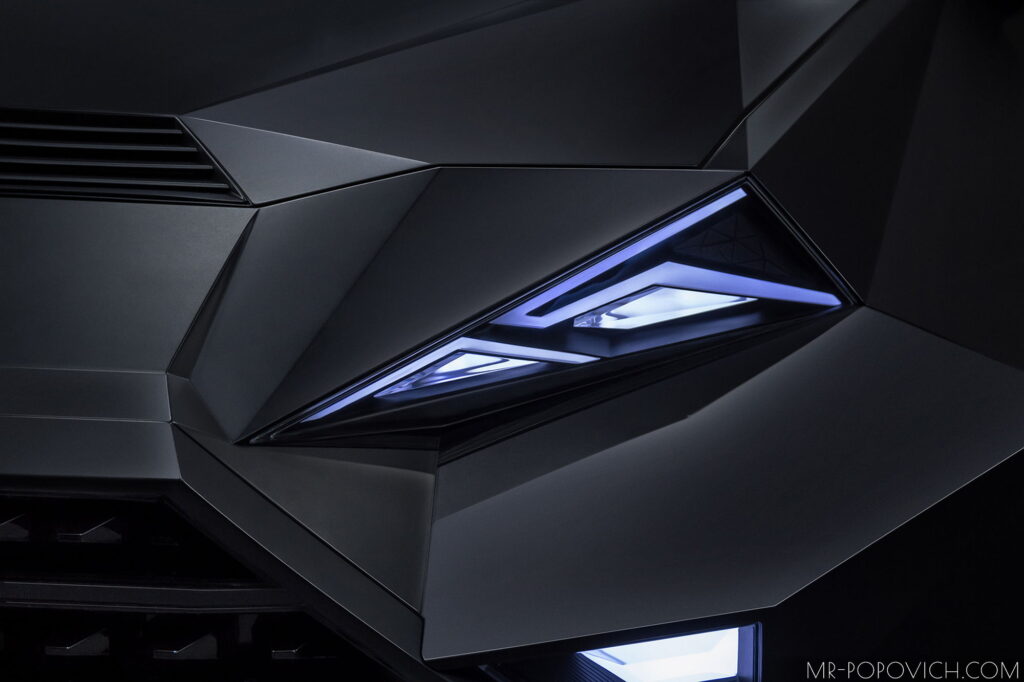
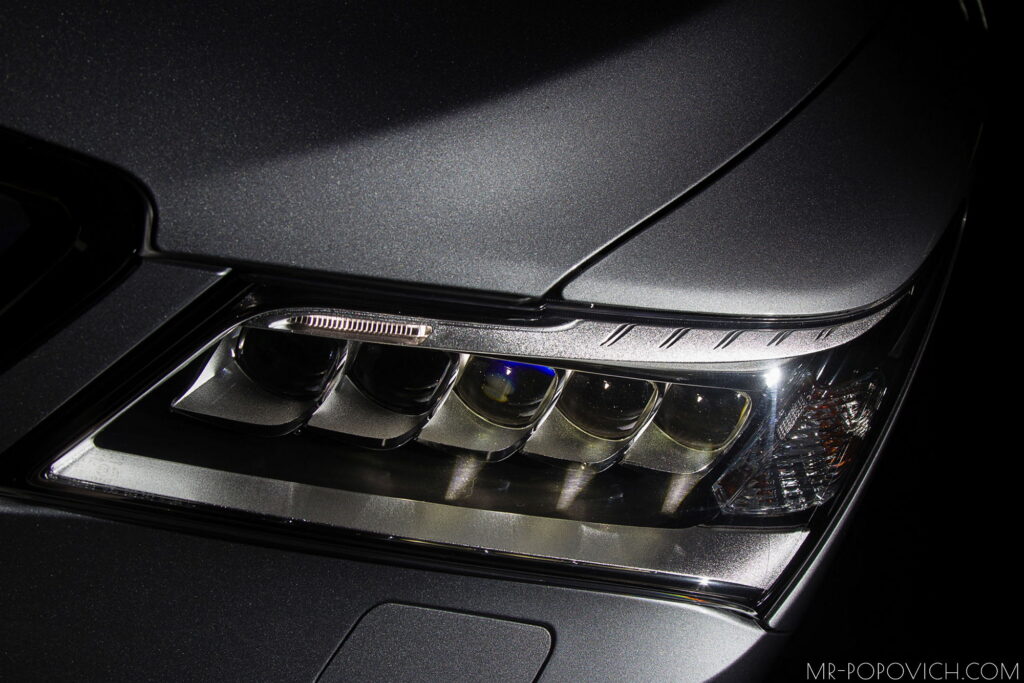
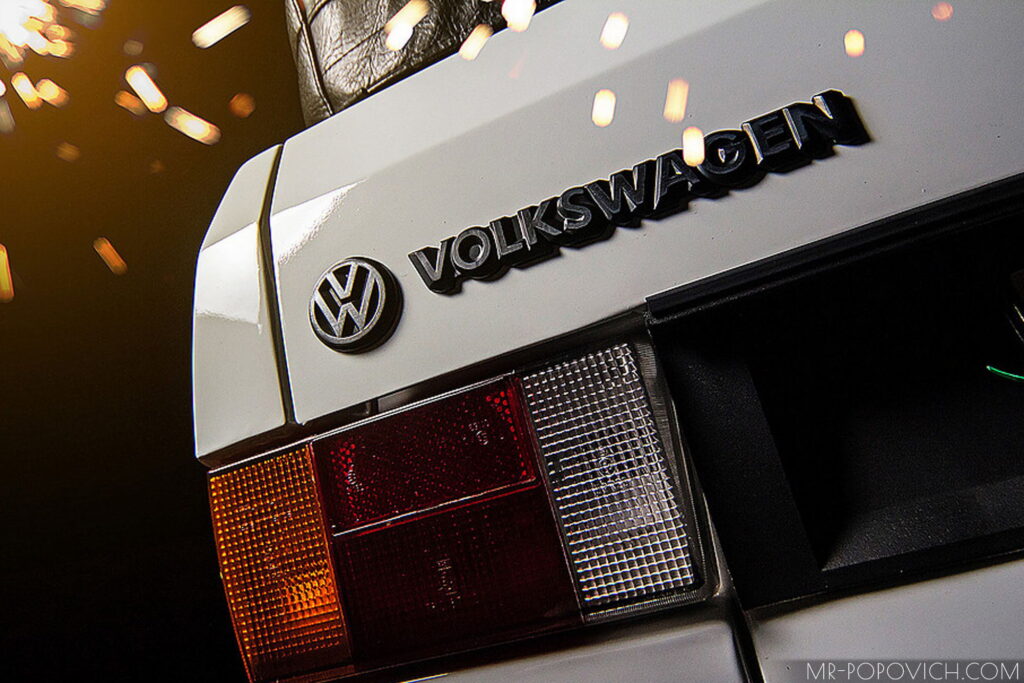
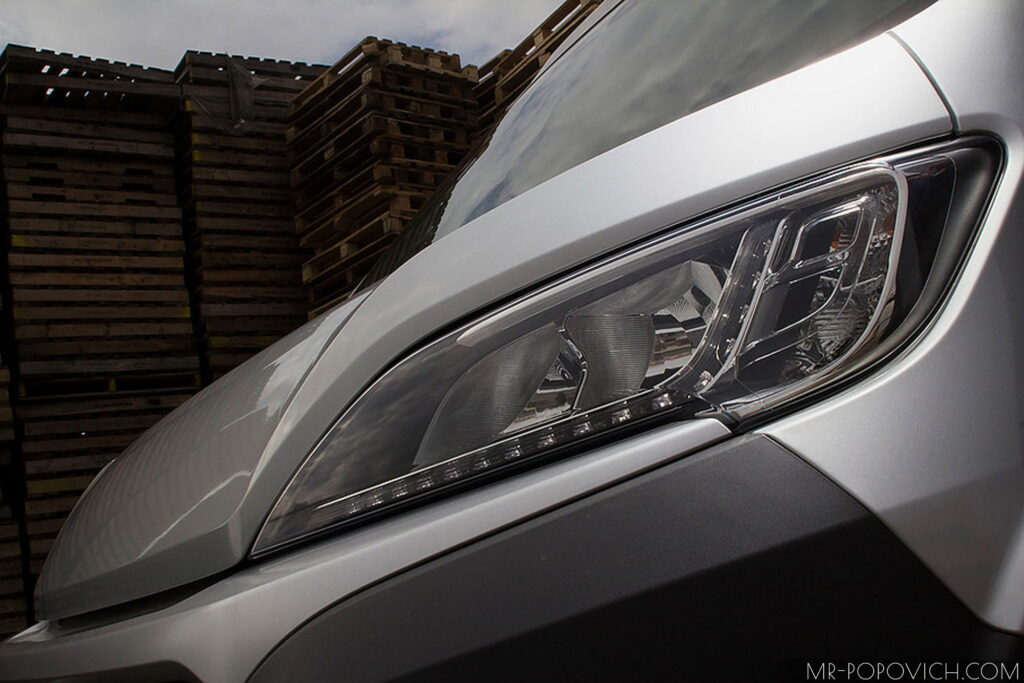
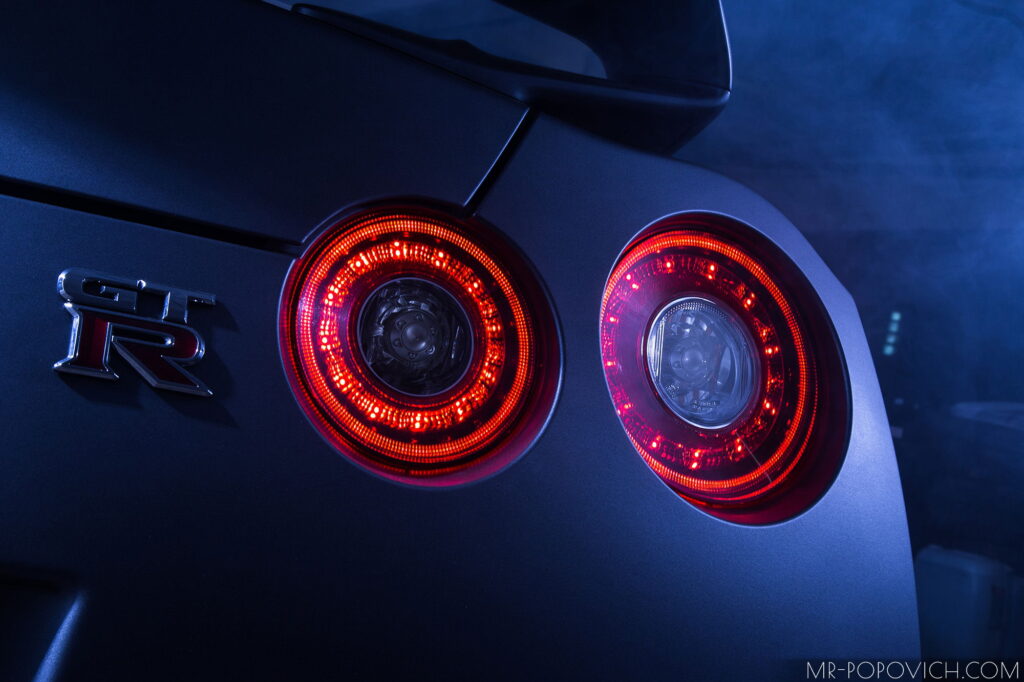
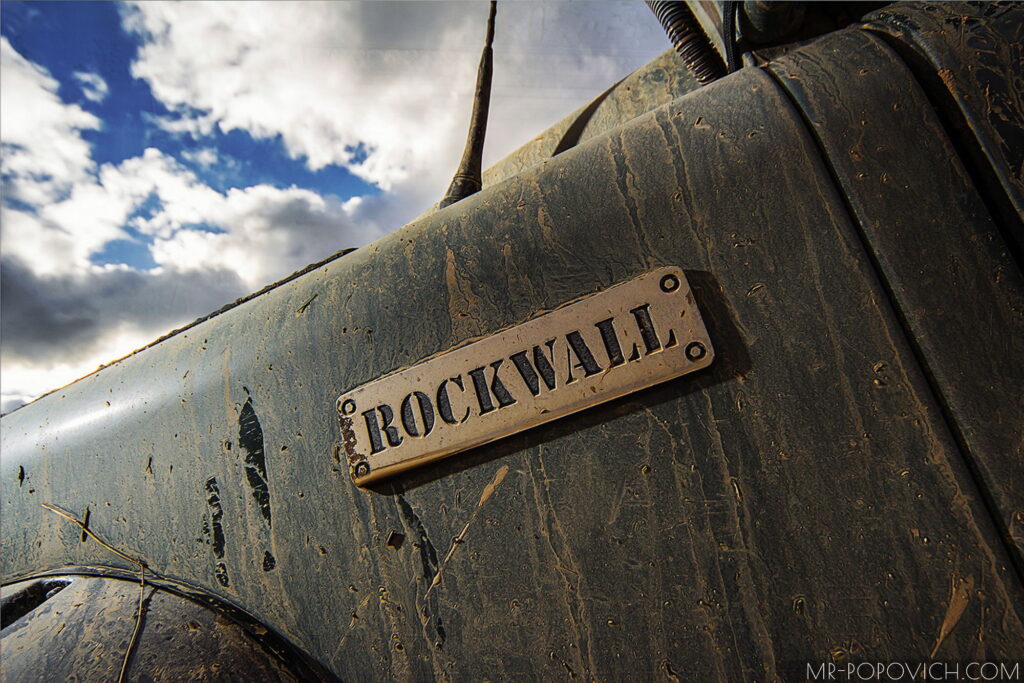
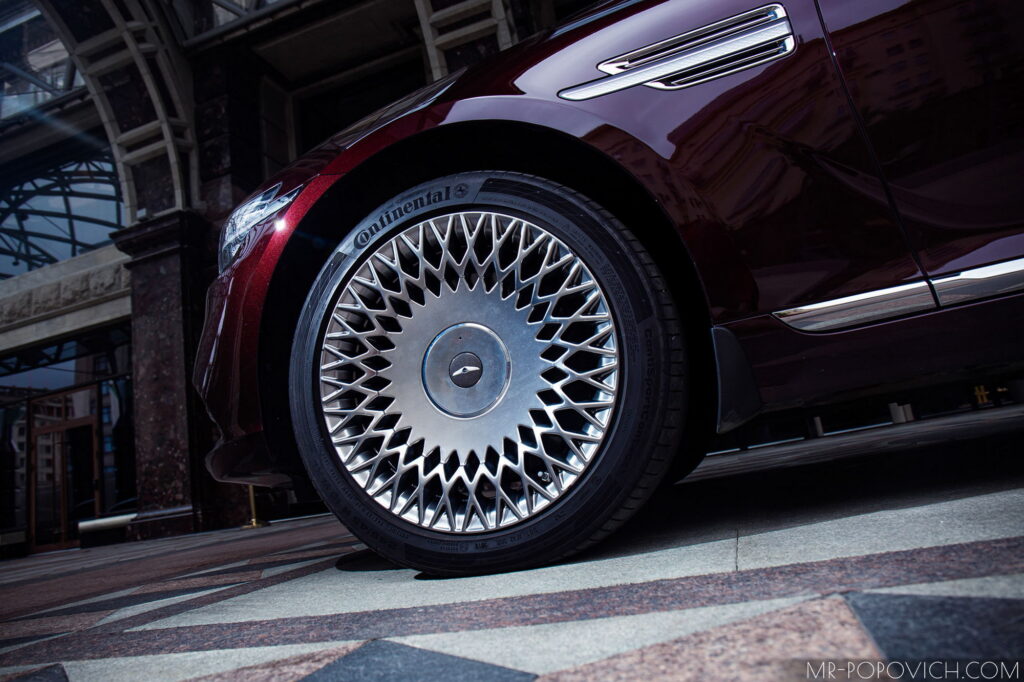
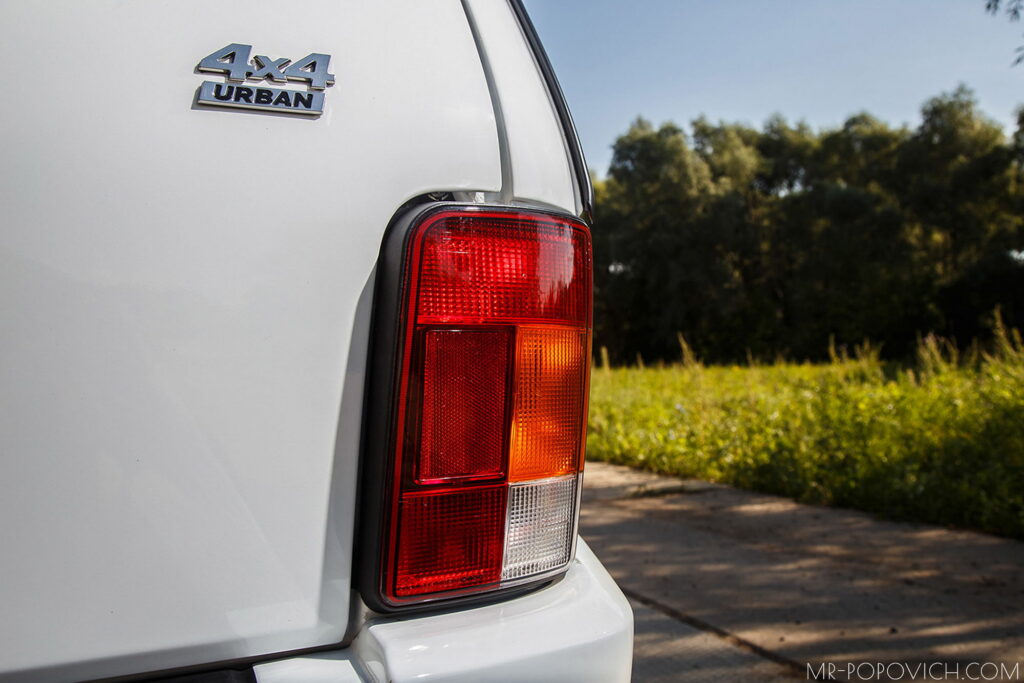
How to photograph car elements
Automotive design elements. Close-up photography of a car













Automotive design elements. Close-up photography of a car

I always strive to find aesthetics in the lines of a car’s body. It’s one of the tasks of a photographer, albeit not the most obvious one. The body lines create a shape, which in turn forms the impression of the car: the square Mercedes-Benz Gelandewagen and the graceful lines of the Toyota 2000GT. I’ve cited diametrically opposite cars as examples: a German SUV and a Japanese sports coupe, but I believe the essence is clear.
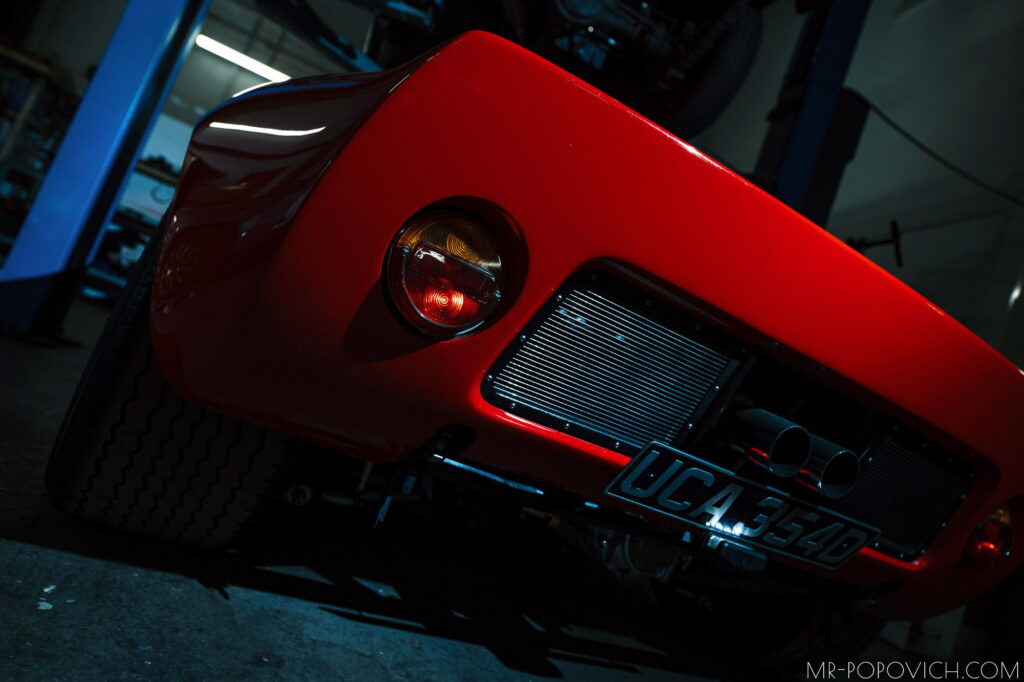
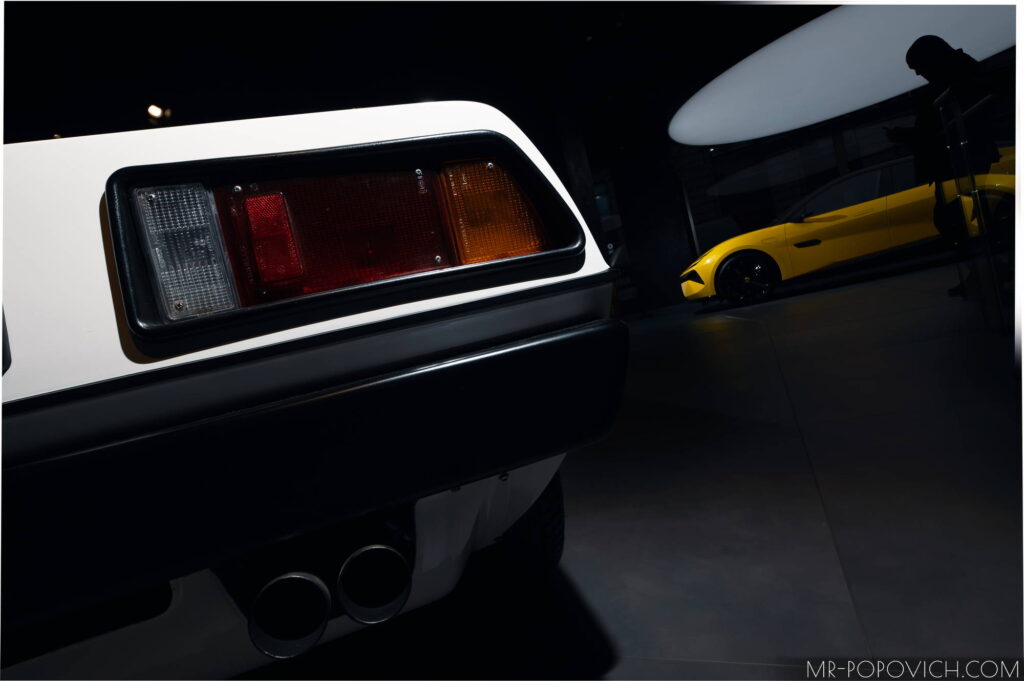
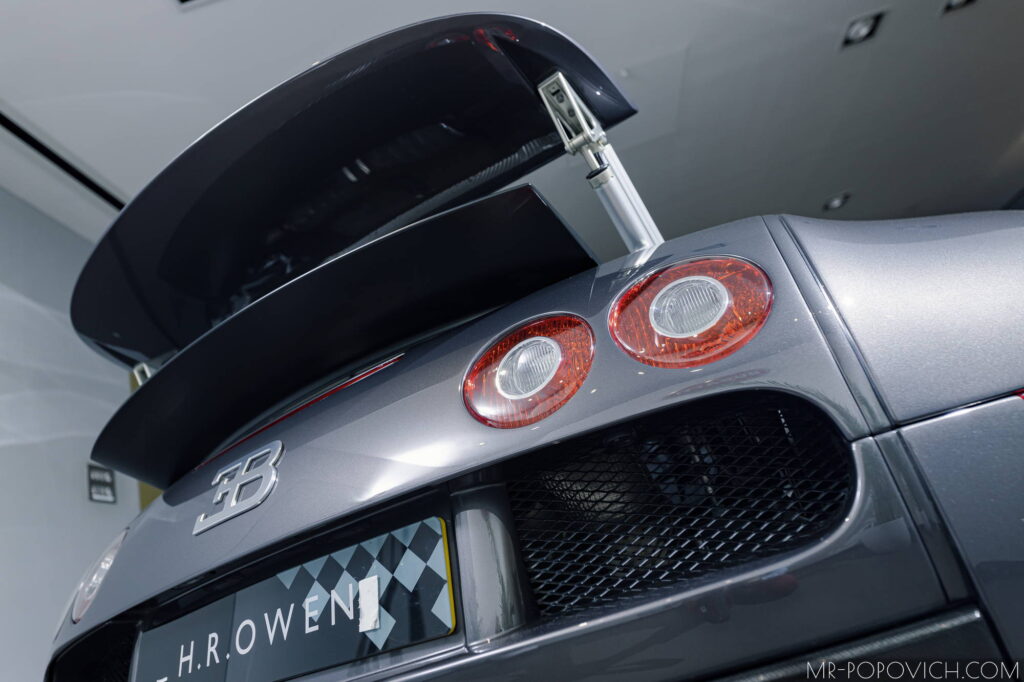
During the development of a car, automotive designers spend a lot of paper on various sketches, and tons of clay on shaping, lose sleep at night and struggle to ensure that the lines create the desired shape, which in turn creates a certain impression.
So, I try to remember these lines and, as much as possible, emphasize them in the photographs. In my opinion, the main tools for this are the angle and light. From different angles, the same car can look different. Some angles will distort the shape, while others will emphasize the beautiful silhouette of the body. It’s easy to say but not always easy to understand and execute.
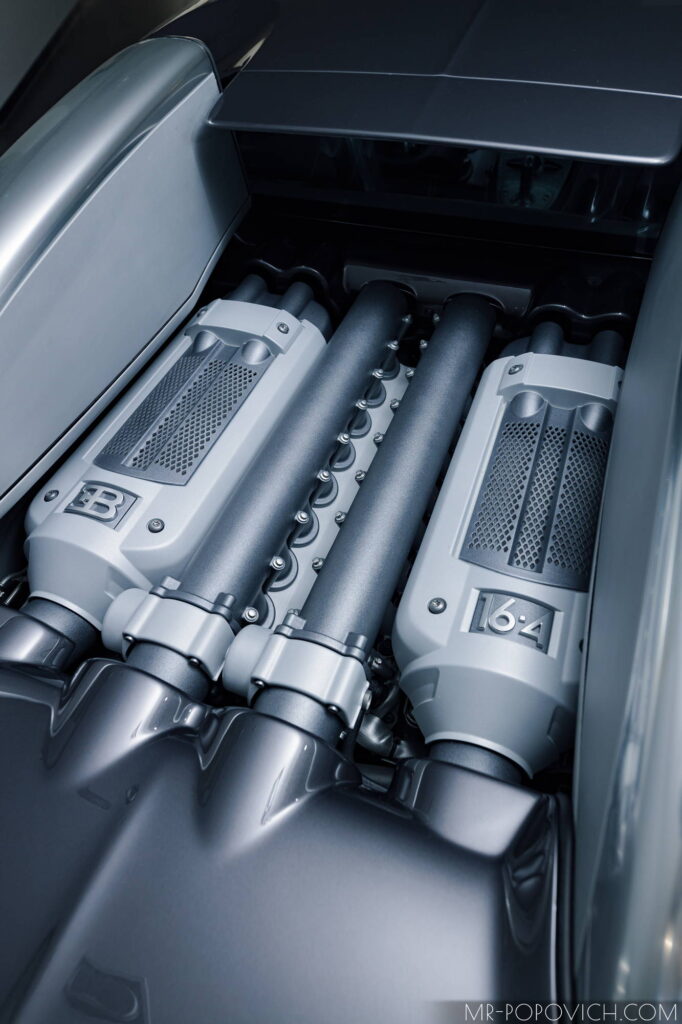
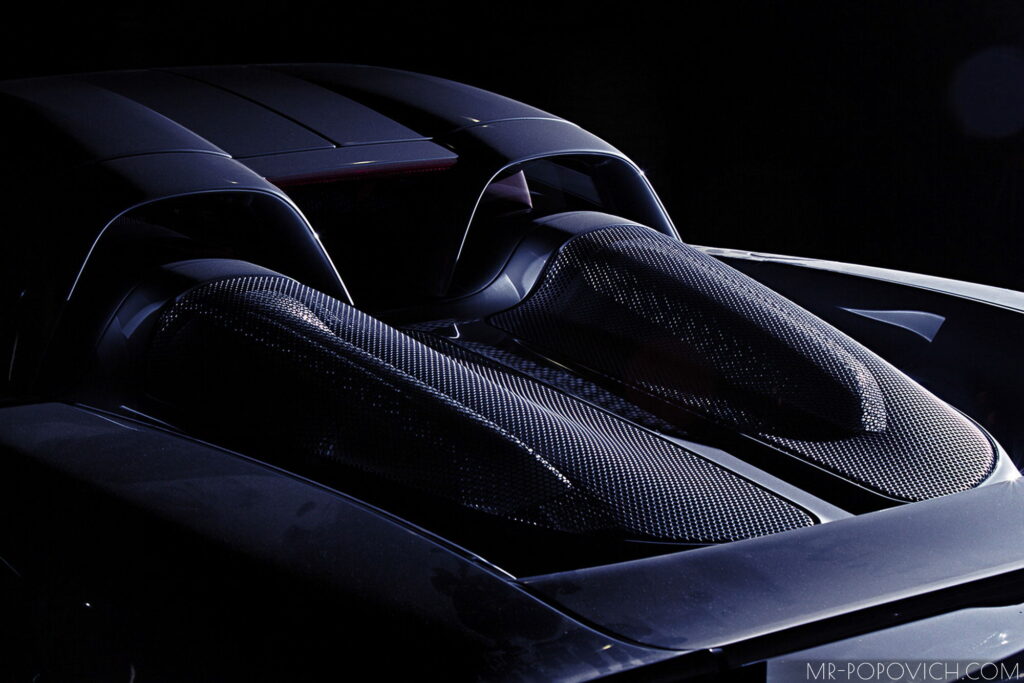
Light is the second tool for emphasizing the shape of the car. Flash can highlight the desired facet and show a sharp line, for example, running from the front to the rear fender of the car. Light can also help show the color and composition of the paint: gray metallic looks great if lit with flash. Black cars are not easy to light (and sometimes it’s useless), and with white, the main thing is not to overexpose.
I love this aesthetic of forms and love working with light. And it’s most vividly seen in close-ups. Porsche Carrera GT, Fiat Ducato, Karlmann King, Acura MDX – these cars are all the same color (silver), but they are so different, just look at them.